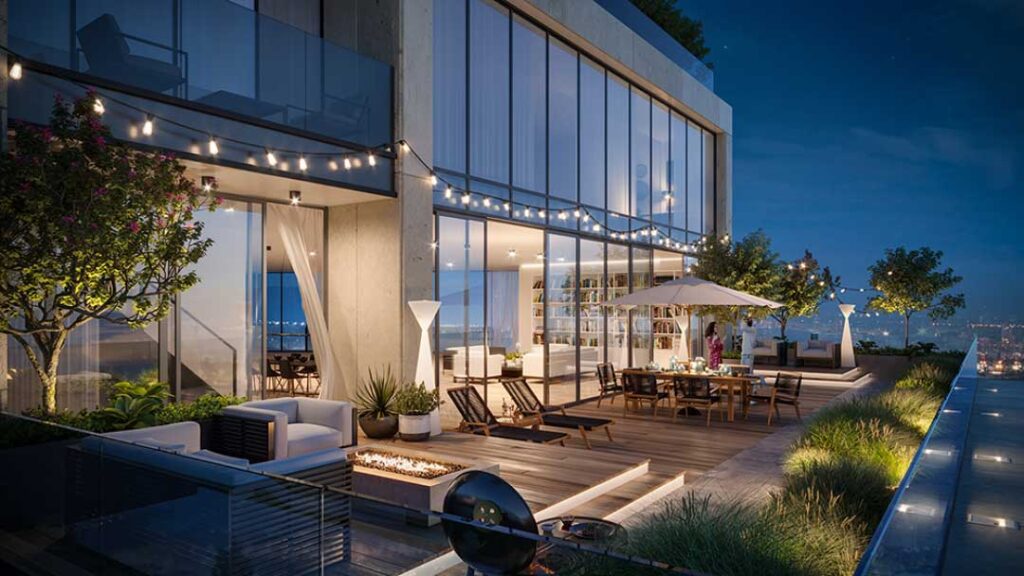Architectural design is a transformative process that intricately weaves together functionality, aesthetics, and sustainability to create spaces that resonate with human experience. At its core, architecture is not merely about erecting structures; it is about crafting environments that enhance our lives, reflect our values, and respond to the unique narratives of the communities they inhabit. Each architectural project begins with a vision, a dream that seeks to materialize a concept into a tangible form. This vision is often shaped by a multitude of factors, including the site’s geographical context, cultural significance, and the specific needs of its users. Architects serve as the bridge between dreams and reality, translating abstract ideas into detailed plans that adhere to safety standards while pushing the boundaries of creativity. Through meticulous planning, architects consider not only the structural integrity of a building but also its interaction with the surrounding environment.

They analyze light, shadow, and natural elements to ensure that each design harmonizes with its landscape. Sustainability has also emerged as a paramount consideration in modern architecture. Architects are increasingly tasked with integrating eco-friendly materials and energy-efficient systems, aiming to reduce the ecological footprint of their designs. This commitment to sustainability reflects a broader societal shift towards environmental consciousness, where buildings are seen not just as isolated entities but as integral components of a larger ecological framework. The Architectural Outsourcing design process is inherently collaborative, involving input from engineers, urban planners, and the community. Engaging with stakeholders ensures that the final design not only meets technical specifications but also resonates with the people who will inhabit and interact with the space. Community involvement fosters a sense of ownership and pride, transforming a mere building into a landmark that tells a story. Furthermore, technology plays a crucial role in contemporary architectural practice.
The advent of advanced software and digital modeling tools has revolutionized the way architects visualize and present their ideas. Virtual reality VR and augmented reality AR enable stakeholders to experience designs in immersive ways, providing insights that traditional blueprints cannot convey. This technological integration enhances communication and collaboration, allowing architects to refine their designs based on real-time feedback. Architectural dreams also extend beyond the physical structures to encompass the spaces in between public squares, parks, and communal areas that foster social interaction and community engagement. These spaces are vital in creating a sense of belonging and connection among residents, enhancing the overall quality of life. As cities evolve, architects are challenged to think beyond aesthetics and functionality, considering how their designs contribute to the cultural fabric of urban life. Ultimately, the journey of architectural design is a testament to human creativity and resilience.

